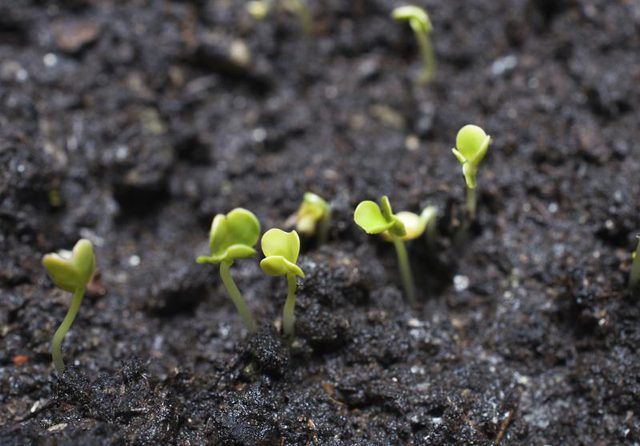Bulbs
Flower Basics
Flower Beds & Specialty Gardens
Flower Garden
Garden Furniture
Garden Gnomes
Garden Seeds
Garden Sheds
Garden Statues
Garden Tools & Supplies
Gardening Basics
Green & Organic
Groundcovers & Vines
Growing Annuals
Growing Basil
Growing Beans
Growing Berries
Growing Blueberries
Growing Cactus
Growing Corn
Growing Cotton
Growing Edibles
Growing Flowers
Growing Garlic
Growing Grapes
Growing Grass
Growing Herbs
Growing Jasmine
Growing Mint
Growing Mushrooms
Orchids
Growing Peanuts
Growing Perennials
Growing Plants
Growing Rosemary
Growing Roses
Growing Strawberries
Growing Sunflowers
Growing Thyme
Growing Tomatoes
Growing Tulips
Growing Vegetables
Herb Basics
Herb Garden
Indoor Growing
Landscaping Basics
Landscaping Patios
Landscaping Plants
Landscaping Shrubs
Landscaping Trees
Landscaping Walks & Pathways
Lawn Basics
Lawn Maintenance
Lawn Mowers
Lawn Ornaments
Lawn Planting
Lawn Tools
Outdoor Growing
Overall Landscape Planning
Pests, Weeds & Problems
Plant Basics
Rock Garden
Rose Garden
Shrubs
Soil
Specialty Gardens
Trees
Vegetable Garden
Yard Maintenance
How to Tell if Seeds Will Germinate
How to Tell if Seeds Will Germinate. For the frugal gardener, thrift stores and garage sales are a treasure trove of gardening supplies, including garden seeds for flowering plants and vegetables. Those seeds may be in partial packages, many with the expiration dates torn off. Although many kinds of seeds will germinate after years of being stored...

For the frugal gardener, thrift stores and garage sales are a treasure trove of gardening supplies, including garden seeds for flowering plants and vegetables. Those seeds may be in partial packages, many with the expiration dates torn off. Although many kinds of seeds will germinate after years of being stored correctly, not all seeds germinate after an unknown time of incorrect storage. Buy thrift store and garage sale seeds if they are a low price, but test their germination viability before dedicating garden space to them. Ensuring seeds will germinate, or are viable, before planting them is the best way to use your garden space.
Inspecting Seeds Visually
The first step in ensuring seeds will germinate is to look at them for obvious flaws. Inspect each seed under good light. If seeds are moldy or mildewed, discard them immediately. Broken seeds and those that look chewed lack viability and shouldn't be used. Once you determine seeds' outer areas look healthy and whole, you can test whether or not they're just as healthy inside by doing a germination test. That is the only way to find out whether or not seeds will sprout.
Setting Up the Test
Using a ballpoint pen to write the name each seed type on a separate paper towel will help you keep track of the seeds in the germination test. Moisten each paper towel, and place 10 to 20 seeds of each seed type on their corresponding towel. Roll up each towel, and place all of the towels in a large, plastic bag. The bag needs to remain in a spot where it won't be disturbed and where the temperature is about 70 degrees Fahrenheit.
Checking for Germination
Different seed types take different lengths of time to germinate. The best method is to check the seeds daily if a variety of them are in your germination test. Unroll each paper towel every day, and look for sprouted seeds. Keep the paper towels moist during the entire test. When it has been seven days since any seed sprouted, count the number of sprouts vs. non-sprouted seeds for each seed variety. Seed types with a 70 to 90 percent germination rate, or viability, should be fine to plant.
Using Seeds that Failed
Once you know whether you have a lively bunch of seeds or a handful of mostly duds, you can decide whether to plant or toss them. Extremely frugal gardeners may be reluctant to throw away what seems like a package of perfectly good seeds even though most of the test seeds failed to germinate. One option is to experiment with planting those seeds in your garden, but sow them in the ground as least twice as thickly as you normally would. Even then, you may end up with patches of soil where nothing grew. Use quick-growing plants to fill the gaps so you don't waste garden space.